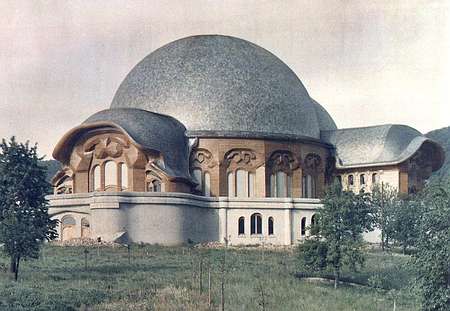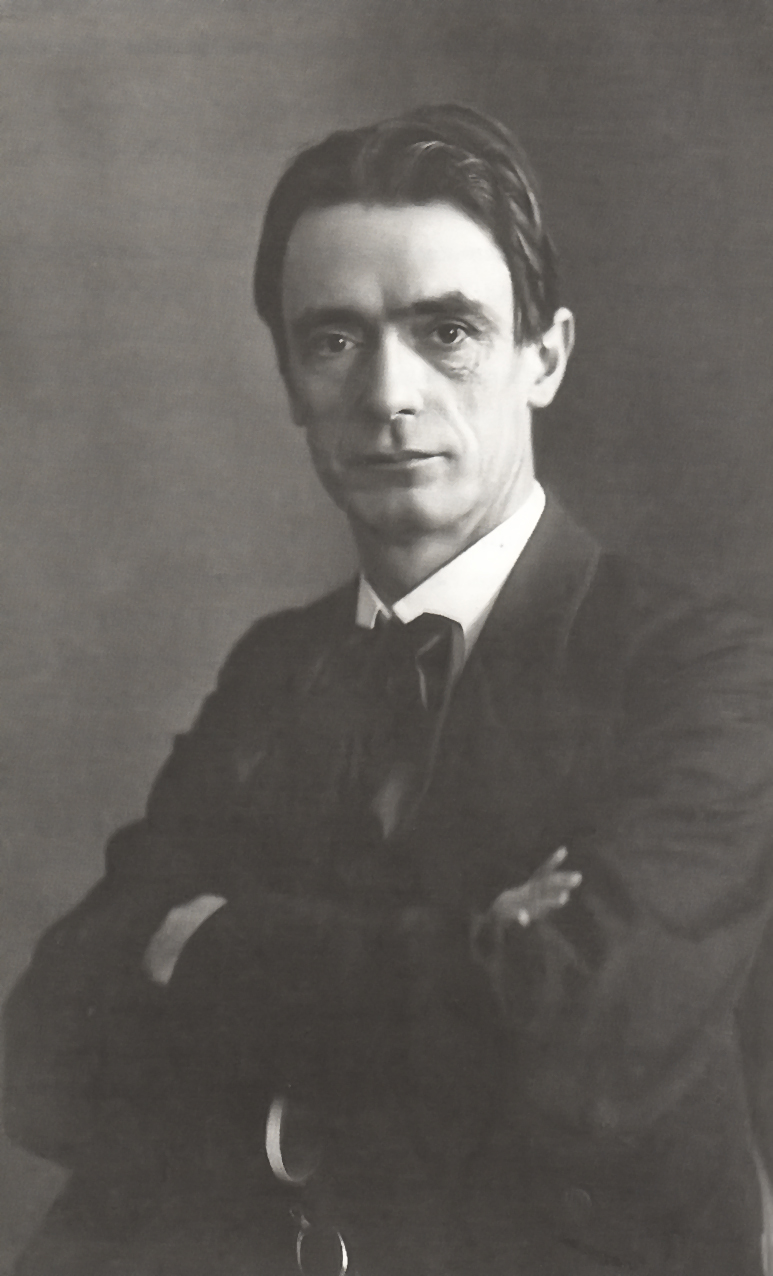|
Ospital Ng Maynila Medical Center
The Ospital ng Maynila Medical Center (Hospital of Manila; abbreviation: OMMC) is a 300-bed non-profit tertiary, general and training hospital in Malate, Manila, Philippines. It is the laboratory hospital of health science students (students of medicine, nursing and physical therapy) enrolled at the Pamantasan ng Lungsod ng Maynila, one of the Philippines' universities. It is also one of the six district hospitals of the City of Manila, catering its 5th district, which consists of Malate, Ermita, Intramuros, Port Area, San Andres, and the southern portion of Paco. As hospital operated and maintained through the taxes by residents of Manila, OMMC has for its primary concern the admission and treatment of patients who are bona fide residents of the city. Furthermore, it is responsible for the provision of an integrated community health program and research activities. History Studies reveal that an alarming number of city residents die without medical attendance. During the year ... [...More Info...] [...Related Items...] OR: [Wikipedia] [Google] [Baidu] |
Pamantasan Ng Lungsod Ng Maynila
The Pamantasan ng Lungsod ng Maynila (from 'University of the City of Manila', abbreviated as PLM) is a city-government-funded local university situated inside the historic walled area of Intramuros, Manila, Philippines. It was established on June 19, 1965, and opened on July 17, 1967, to 556 scholars, all coming from the top ten percent of graduates of Manila's public high schools.City of Manila Official Website . Accessed January 25, 2010. . ''The Manila Times Internet Edition''. June 20, 2009. PLM is the first tertiary-level institution in the country to offer tuition-free education, the first university funded solely by a city government, and the first institutio ... [...More Info...] [...Related Items...] OR: [Wikipedia] [Google] [Baidu] |
Antonio Villegas
Antonio de Jesus Villegas (January 9, 1928 – November 16, 1984) was a Filipino mayor of Manila from 1962 to 1971. His term was after the term of Arsenio Lacson as mayor of Manila, and before the period of martial law in the Philippines. Political career Villegas was elected as vice mayor of Manila in 1959 and became the city mayor when Arsenio Lacson died in 1962 with over one year left on his term. In 1963, he ran for reelection under the Liberal Party (LP) banner and won against Nacionalista Party (NP) Congressman Roberto Oca. Villegas inaugurated the "Manila Film Festival" ("Manila Tagalog Film Festival") in 1966, the precursor of the modern Metro Manila Film Festival. Foreign films were banned from being screened during the duration of the film festival. The annual event was discontinued during the tenure of Villegas' successor in the 1970s. In 1967, he ran again for reelection and won against NP Congressman Pablo Ocampo. His victory along with his party council members ... [...More Info...] [...Related Items...] OR: [Wikipedia] [Google] [Baidu] |
Manila Bulletin
The ''Manila Bulletin'' (), (also known as the ''Bulletin'' and previously known as the ''Manila Daily Bulletin'' from 1906 to September 23, 1972, and the ''Bulletin Today'' from November 22, 1972, to March 10, 1986) is the Philippines' largest English language broadsheet newspaper by newspaper circulation, circulation. Founded in 1900, it is the second oldest extant newspaper published in the Philippines and the second oldest extant English language, English newspaper in the Far East. It bills itself as "The Nation's Leading Newspaper", which is its official slogan. According to a survey done by the Reuters Institute for the Study of Journalism, Manila Bulletin is considered "one of the most trusted news organizations"; placing 2nd with 66% of Filipinos trusting the organization. History ''Manila Bulletin'' was founded in 1900 by Carlson Taylor as a shipping journal. In 1957, the newspaper was acquired by Swiss expatriate named Hans Menzi. From 1938 to his death in 2002, ... [...More Info...] [...Related Items...] OR: [Wikipedia] [Google] [Baidu] |
Asenso Manileño
Asenso Manileño Movement () is a local political party in Manila. It is the city's ruling party since 2019, being in dominion through the administrations of mayors Isko Moreno and Honey Lacuna. History The party was established in 2005 by Moreno's mentor, Danny Lacuna, the vice mayor of Manila at that time. The party's signature hand gesture is pointing the index finger upward which means "God first", the party's slogan. The party managed Moreno's successful vice mayoral campaign in the 2013 election, despite carrying then Mayor Joseph Estrada's United Nationalist Alliance. In 2018, Moreno decided to challenge Estrada for the mayoralty in the 2019 elections. Moreno won the election and his allies then controlled a majority of seats in the Manila City Council. The National Unity Party then took on the party as its local affiliate in August 2019, with Moreno being named as one of its vice chairmen. In 2021, the party changed its national affiliation to the progressive Aksyon ... [...More Info...] [...Related Items...] OR: [Wikipedia] [Google] [Baidu] |
Isko Moreno
Francisco Moreno Domagoso (born October 24, 1974), popularly known by his stage name Isko Moreno or Isko Moreno Domagoso (), is a Filipino politician and actor who previously served as the 27th mayor of Manila from 2019 to 2022. Before heading the capital city of the Philippines, he first gained notability as an actor and television personality. Born and raised in the slums of Tondo, Manila, Moreno spent his childhood in poverty and is widely known for his rags-to-riches story. After average success in show business, he entered politics in 1998, and ran for Manila City Council, city councilor of Manila and was elected for three consecutive terms in topnotch victories. He then pursued higher education including some non-degree postgraduate education at Harvard Kennedy School and Saïd Business School, Oxford Saïd Business School. In 2007, he ran as vice mayor of Manila and was elected for three consecutive terms. In 2016, he was term-limited as vice mayor and unsuccessfully ra ... [...More Info...] [...Related Items...] OR: [Wikipedia] [Google] [Baidu] |
Switzerland
). Swiss law does not designate a ''capital'' as such, but the federal parliament and government are installed in Bern, while other federal institutions, such as the federal courts, are in other cities (Bellinzona, Lausanne, Luzern, Neuchâtel, St. Gallen a.o.). , coordinates = , largest_city = Zürich , official_languages = , englishmotto = "One for all, all for one" , religion_year = 2020 , religion_ref = , religion = , demonym = , german: Schweizer/Schweizerin, french: Suisse/Suissesse, it, svizzero/svizzera or , rm, Svizzer/Svizra , government_type = Federalism, Federal assembly-independent Directorial system, directorial republic with elements of a direct democracy , leader_title1 = Federal Council (Switzerland), Federal Council , leader_name1 = , leader_title2 = , leader_name2 = Walter Thurnherr , legislature = Fe ... [...More Info...] [...Related Items...] OR: [Wikipedia] [Google] [Baidu] |
Dornach
: ''Dornach is also a quarter of the French city of Mulhouse and the Scots name for Dornoch in the Scottish Highlands, and Dòrnach is the Gaelic name for Dornoch in the Scottish Highlands.'' Dornach (Swiss German: ''Dornech'') is a municipality in the district of Dorneck in the canton of Solothurn in Switzerland. History Dornach is first mentioned in 1223 as ''de Tornacho''. In 1307 it was mentioned as ''zu Dornach''. It has been settled since at least 1223 when a local lay priest was known as Johannes de Tornacho (thought to mean "from the estate of Turnus"). The site was the location of the decisive 1499 Battle of Dornach, which ended the Swabian War and effectively ensured the independence of the Old Swiss Confederacy from the Holy Roman Empire. The battle is memorialized in a 1949 relief wall. Today Dornach is famous for the Goetheanum and is home to the international headquarters of the Anthroposophical movement founded by Rudolf Steiner. Geography Dornach has an ... [...More Info...] [...Related Items...] OR: [Wikipedia] [Google] [Baidu] |
Goetheanum
The Goetheanum, located in Dornach, in the canton of Solothurn, Switzerland, is the world center for the anthroposophical movement. The building was designed by Rudolf Steiner and named after Johann Wolfgang von Goethe. It includes two performance halls (1500 seats), gallery and lecture spaces, a library, a bookstore, and administrative spaces for the Anthroposophical Society; neighboring buildings house the society's research and educational facilities. Conferences focusing on themes of general interest or directed toward teachers, farmers, doctors, therapists, and other professionals are held at the center throughout the year. The Goetheanum is open for visitors seven days a week and offers tours several times daily. First Goetheanum The First Goetheanum, a timber and concrete structure designed by Rudolf Steiner,Patrice Goulet, "Les Temps Modernes?", ''L'Architecture D'Aujourd'hui'', Dec. 1982, pp. 8-17. was one of seventeen buildings Steiner designed between 1908 and 1925 ... [...More Info...] [...Related Items...] OR: [Wikipedia] [Google] [Baidu] |
Alternative Medicine
Alternative medicine is any practice that aims to achieve the healing effects of medicine despite lacking biological plausibility, testability, repeatability, or evidence from clinical trials. Complementary medicine (CM), complementary and alternative medicine (CAM), integrated medicine or integrative medicine (IM), and holistic medicine attempt to combine alternative practices with those of mainstream medicine. Alternative therapies share in common that they reside outside of medical science and instead rely on pseudoscience. Traditional practices become "alternative" when used outside their original settings and without proper scientific explanation and evidence. Frequently used derogatory terms for relevant practices are ''new age'' or ''pseudo-'' medicine, with little distinction from quackery. Some alternative practices are based on theories that contradict the established science of how the human body works; others resort to the supernatural or superstitious to explain ... [...More Info...] [...Related Items...] OR: [Wikipedia] [Google] [Baidu] |
Anthroposophy
Anthroposophy is a spiritualist movement founded in the early 20th century by the esotericist Rudolf Steiner that postulates the existence of an objective, intellectually comprehensible spiritual world, accessible to human experience. Followers of anthroposophy aim to engage in spiritual discovery through a mode of thought independent of sensory experience. While much of anthroposophy is pseudoscientific, proponents claim to present their ideas in a manner that is verifiable by rational discourse and say that they seek precision and clarity comparable to that obtained by scientists investigating the physical world. Anthroposophy has its roots in German idealism, mystical philosophies, and pseudoscience including racist pseudoscience. Steiner chose the term ''anthroposophy'' (from Greek , 'human', and '' sophia'', 'wisdom') to emphasize his philosophy's humanistic orientation. He defined it as "a scientific exploration of the spiritual world", Others have variously called it a "ph ... [...More Info...] [...Related Items...] OR: [Wikipedia] [Google] [Baidu] |
Computed Tomography
A computed tomography scan (CT scan; formerly called computed axial tomography scan or CAT scan) is a medical imaging technique used to obtain detailed internal images of the body. The personnel that perform CT scans are called radiographers or radiology technologists. CT scanners use a rotating X-ray tube and a row of detectors placed in a gantry to measure X-ray attenuations by different tissues inside the body. The multiple X-ray measurements taken from different angles are then processed on a computer using tomographic reconstruction algorithms to produce tomographic (cross-sectional) images (virtual "slices") of a body. CT scans can be used in patients with metallic implants or pacemakers, for whom magnetic resonance imaging (MRI) is contraindicated. Since its development in the 1970s, CT scanning has proven to be a versatile imaging technique. While CT is most prominently used in medical diagnosis, it can also be used to form images of non-living objects. The 1979 Nob ... [...More Info...] [...Related Items...] OR: [Wikipedia] [Google] [Baidu] |
.png)





